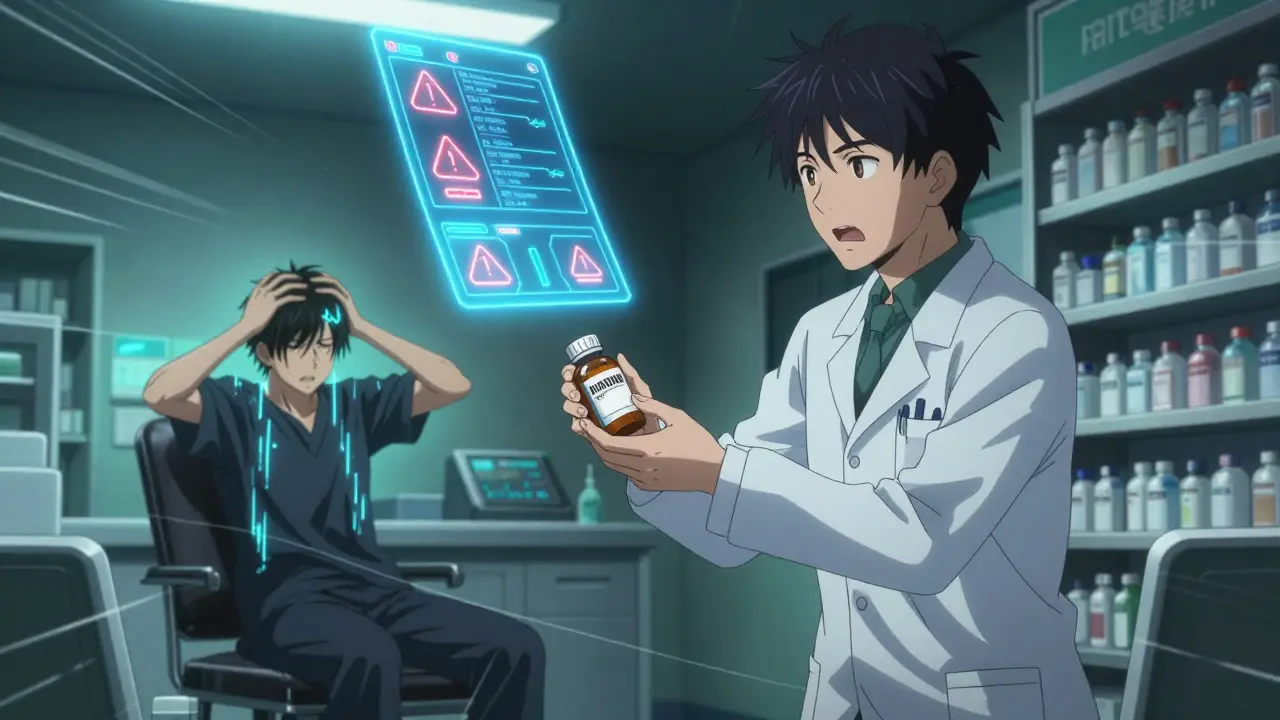Bone Remodeling: How Your Skeleton Stays Fresh
When talking about bone remodeling, it's useful to start with a clear definition. Bone Remodeling is the lifelong process where old bone tissue is broken down and new bone tissue is formed, keeping the skeleton strong and functional. Also known as skeletal turnover, it balances destruction and creation to maintain bone density and repair micro‑damage.
This dynamic system relies on two main cell types. Osteoclast is a large, multinucleated cell that resorbs bone by secreting acids and enzymes, creating small cavities where old matrix disappears. Its activity depends on signals like RANKL and hormones such as parathyroid hormone. On the flip side, Osteoblast is the builder cell that fills those cavities with fresh collagen and mineral deposits, eventually maturing into osteocytes that embed in the new matrix. The dance between osteoclasts and osteoblasts defines bone health; too much resorption leads to osteoporosis, while excessive formation can cause abnormal bone growth.
Key Players and Their Connections
Beyond the cells, Calcium Metabolism is the chemical backdrop that powers remodeling. When blood calcium drops, the parathyroid glands release PTH, which stimulates osteoclasts to release calcium from bone. Vitamin D then boosts intestinal calcium absorption, feeding the next wave of osteoblast activity. This loop shows that bone remodeling requires proper calcium handling, and disruptions can trigger conditions like osteoporosis or hypercalcemia.
Understanding these relationships helps you see why lifestyle matters. Adequate dietary calcium, regular weight‑bearing exercise, and keeping vitamin D levels in check support the osteoclast‑osteoblast balance. Medications such as bisphosphonates or denosumab target osteoclasts to slow resorption, while anabolic agents like teriparatide boost osteoblast function. In short, bone remodeling encompasses cellular activity, hormonal signaling, and mineral supply—all of which you can influence.
Below, you’ll find articles that dive deeper into each of these topics: from how specific drugs affect osteoclasts, to the role of calcium in fracture healing, and tips for preventing osteoporosis. Explore the collection to get practical, science‑backed insights you can apply today.
How Paget's Disease Disrupts Sleep and Triggers Fatigue
Explore how Paget's disease interferes with sleep and causes persistent fatigue, the underlying mechanisms, diagnostic tools, and practical management strategies.






